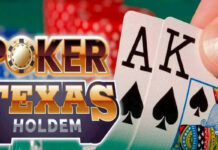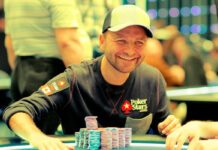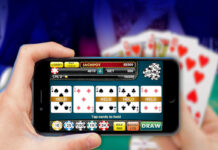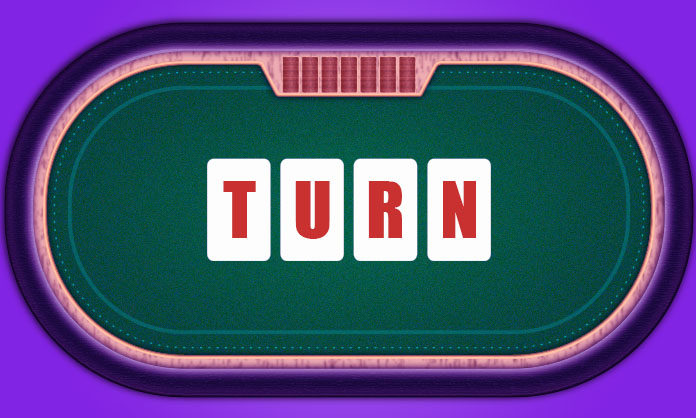The turn in poker is the stage at which the third round of betting takes place. It is preceded by the opening of the fourth community card. She has a strong influence on the situation. As a result, the player can get both a strong and a weak combination of cards. Beginners have a hard time winning postflop. This is due to the large number of mistakes and confusion that occurs when choosing the lines of play.
In order to win the poker hand, you need to play the cards you got right. A strong combination will allow you to hit the largest pot. With weak cards, you need to force your opponents to fold. Otherwise, the chances of winning will be minimal.
Postflop and flop
How the weak hand is played depends on the overall situation at the table. The list of factors to consider also includes the tactics of the game, the number of outs and the prospects of the cards. For example, bluff gives small winnings or blinds preflop.
Community cards are often referred to as "board". These five cards are revealed in three steps. Each of them ends with an auction. Postflop consists of Flop, Turn and River. On the first, 3 community cards are revealed, on the next two, one at a time.
During the turn, the poker player has four community cards. The combination (before getting the last one) is already formed from six cards. Thanks to this, the players have the opportunity to more accurately assess their chances in the upcoming draw.
Continuous bet on the turn
This definition means a continuous rate. It has a positive effect not only on the flop, but also on subsequent trades. The essence of the move is quite simple: trading on the River is more expensive than on the Turn.
The task of each player is to reduce the risk of losing the bank. Particular attention should be paid to the ability of opponents to call bets profitably. Often their size depends on this.
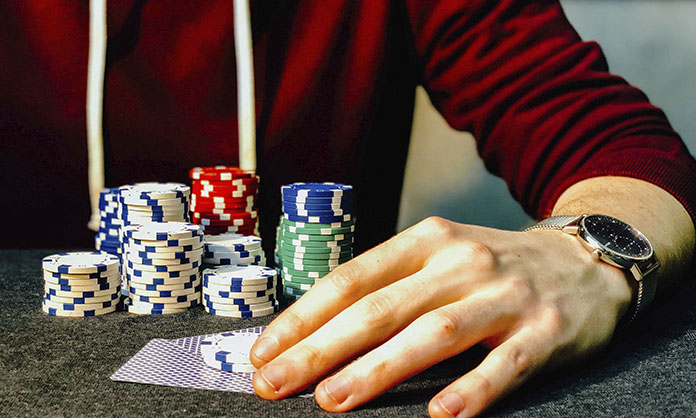
Solutions to Use When Floating the Turn
Float is an auxiliary technique that continues over several laps. It is used as opposed to poker players who prefer continuation bets. The player needs to be careful if the initiative in the bidding does not come from him. The bet will increase significantly if the opponent is active on the River. Call's solution works best if:
- the player has such combinations as Over-Pair, Top-Pair and Gutshot;
- the opponent's bet is 10 times less than the bank;
- the enemy took a passive position on the River.
The player can raise the bet if there are two pair on hand. The Raise solution will also be the optimal way out of the situation in the presence of more "powerful" combinations. When playing combinations, any poker player strives to increase the pot. A passive move can be made just before trading on the River.
The aggressor in the current circumstances is advised to provide the initiative. This is called the Nuts decision. The success of a poker player is largely determined by the available tactical techniques, the ability to analyze the situation and read opponents.
The turn in poker is one of the most important moments: often the card opened at this stage dramatically changes the balance of power in such types of poker as Omaha and Hold'em.







